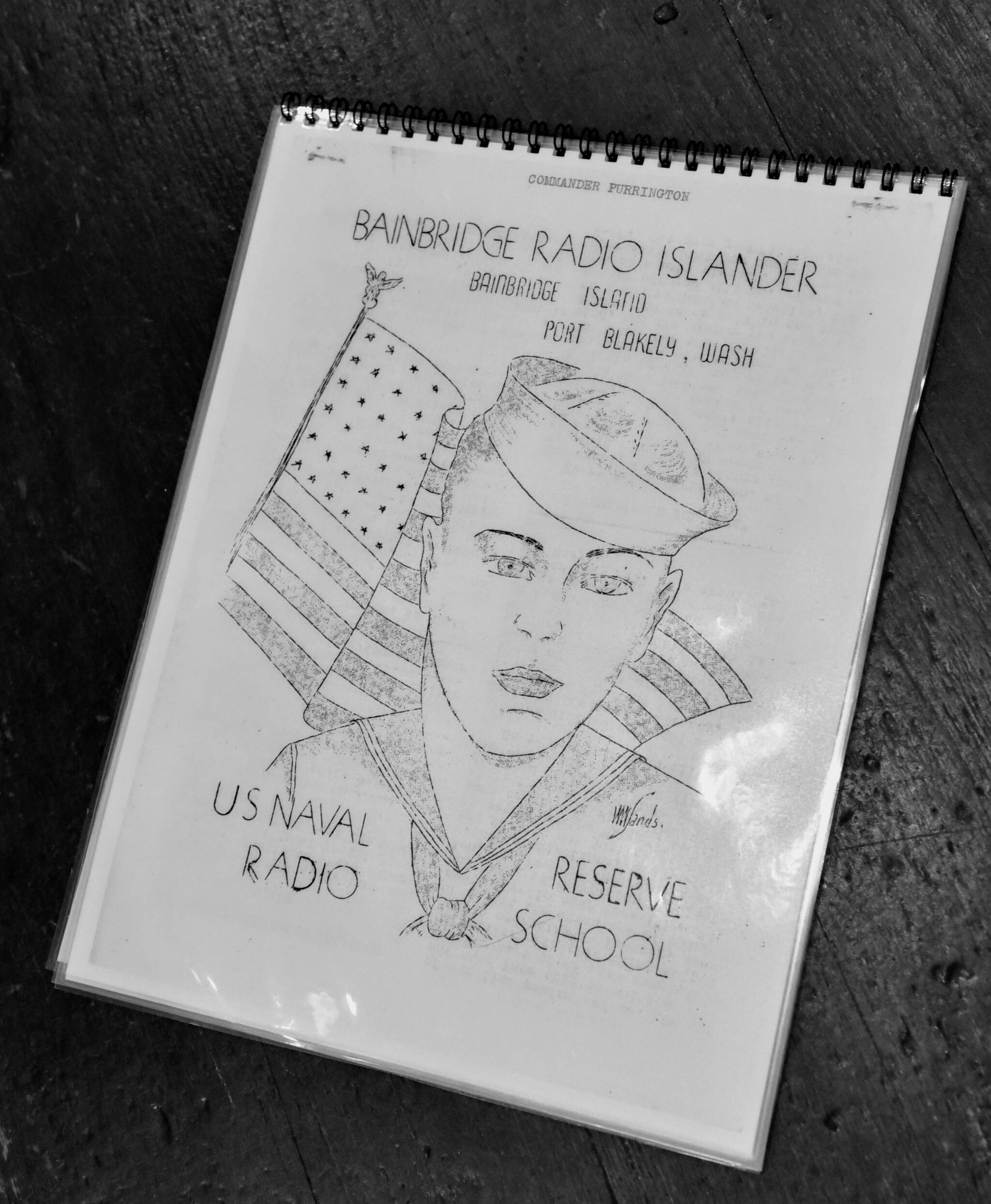Creating a new permanent exhibit for a museum can be a daunting task, but for Merilee Mostov it was like a puzzle, finding the right storytellers and putting all the pieces together.
Mostov is director of Exhibits & Engagement at the Bainbridge Island Historical Museum. Focusing on personal histories, the “Our Community: Past to Present” exhibit illuminates the diverse and untold stories about BI and the people who live, work and play here.
For nearly two years advisers worked with Mostov on the inaugural exhibit to combine historical content and stories to showcase 13 island communities. Each section is filled with authentic cultural materials, photos, oral and video recordings, and text of these diverse communities: African American, business, faith, food, Filipino American, forestry, Indipino, Japanese American, Pride, maritime transportation, military, pickleball and Suquamish.
Mostov defined a community as a group of people who are linked together by heritage, work, hobbies or any other association; it is a different way of storytelling.
Mostov said the project could not have been completed without the 12 community exhibit advisers who worked as spokespersons for their communities to include “12 different stories and 12 different perspectives.” Those advisers set out and uncovered the stories to be told and connected people with the museum to help find objects and photographs for the exhibits.
A quote by American journalist Nick Kotz is at the beginning of the exhibit, setting the tone for visitors. Kotz states, “The most important history of our country is not found in the grand events of war and presidencies, but rather in the everyday lives of our citizens, how they worked hard to support their families, how they coped with hardships, discrimination and human tragedy; and how they contributed to their own communities and nation.”
Mostov said the exhibit is not just about the past. “The study of history is always the study of the art of change and what happened,” she said. “It’s probably more like journalism because it’s like sound bites. It’s not a film. It doesn’t go as in-depth as a film or a book. It’s more like poetry; it’s just small snippets.”
The museum’s goal is to expand the kind of stories told and who gets to tell them. “We are not and should not be the only authority on the history of all of the people who’ve contributed their stories. Everybody can contribute and be an authority on their family’s story. That’s more important in a small, local history museum like this, and it is the family stories that are the foundation of our history,” Mostov said.
What visitors see are little histories that are often overlooked, but preserved and illuminated by Mostov. The pictures and artifacts offer glimpses of life from years ago. “There are teenagers in here, pictures of children. There are pictures of women doing everyday things: chopping firewood, picking clams, and that’s part of the island story, right?”
In order to feature a broad cross-section of BI’s communities, one to two sections of the exhibit will be retired every other year to make space for more stories that have not been told.
In its effort to preserve and share island history, the museum is always collecting artifacts. If you have photos or items related to island life, history and its people, the museum welcomes donations and may even buy some items for its collection. Please do not drop off unattended items at the museum. Contact Mostov for an appointment at Merilee@bainbridgehistory.org or 206-842-2773.



